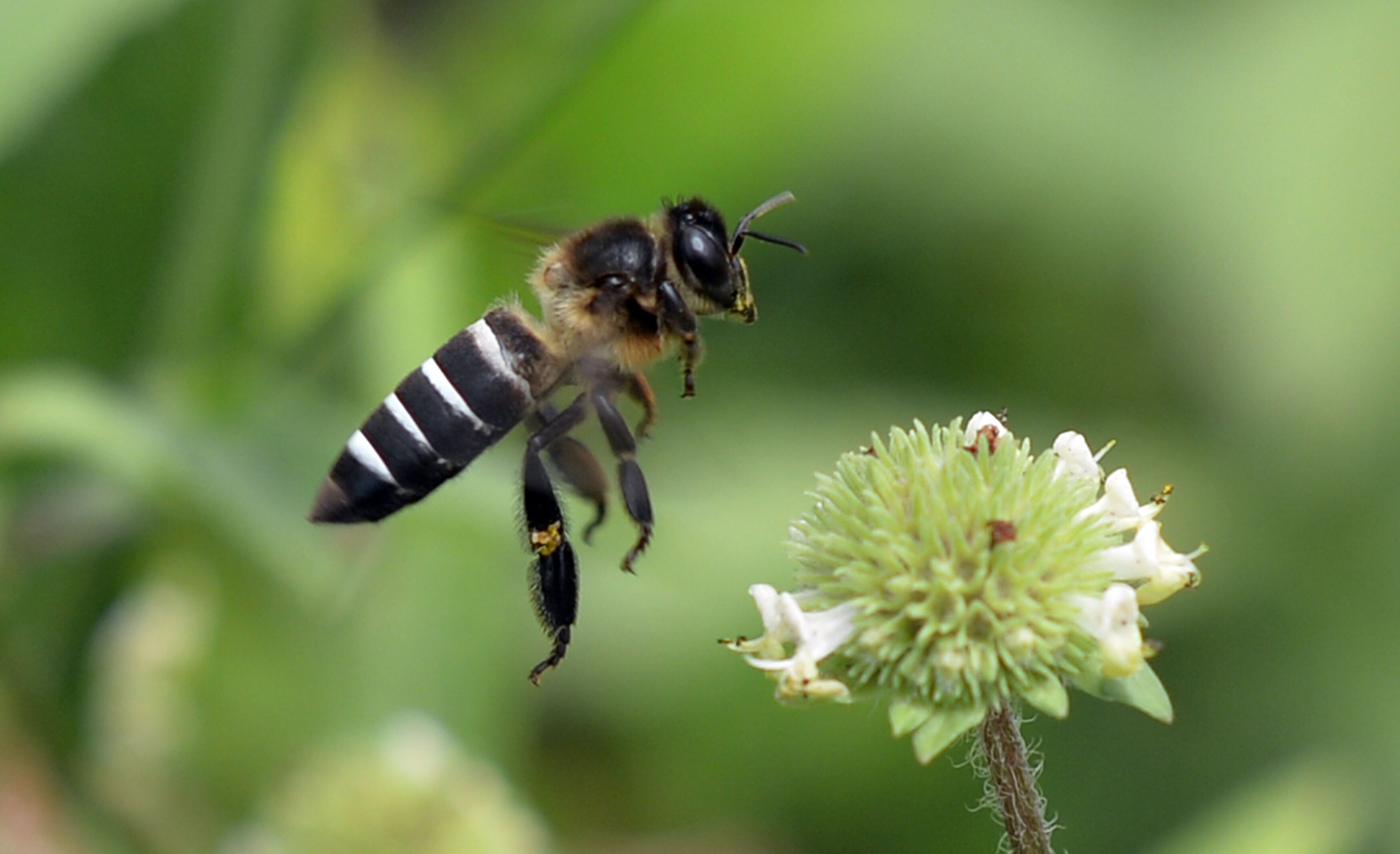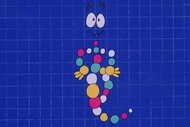Create a free profile to get unlimited access to exclusive videos, sweepstakes, and more!
World's largest bee found 38 years later, and she may just do math

We’ve been hearing for a while now that the honeybee population is in danger, and of the catastrophic effects that might bear, but today let’s focus on some good bee news, or rather, two bits (o-honey) of recent news, that appear completely unrelated, but honestly, how could they bee?
Let’s start with the news that sounds like it might make for the best horror movie… the world’s largest bee has been found, after we’ve spent the last 38 years wondering where the heck it went… aka The Return of the Giant Bee. (Is it just us, or does that sound like a buzzy sci-fi title?)
After going missing nearly four decades ago, a Wallace’s giant bee — roughly four times bigger than your average honeybee, with jaws that would make a stag beetle jealous — has been found by a team of North American and Australian biologists on the Indonesian islands of the North Moluccas.
“It was absolutely breathtaking to see this ‘flying bulldog’ of an insect that we weren’t sure existed any more,” photographer Clay Bolt told The Guardian. “To actually see how beautiful and big the species is in life, to hear the sound of its giant wings thrumming as it flew past my head, was just incredible.”
The team discovered a female living all alone in a termites’ nest some two meters off the ground, or roughly 47 feet in non-metric standards. Researchers are hoping the discovery can lead to protection of the ultra-rare species, which is threatened by deforestation and unethical collectors.If that metric math seems not quite right, then perhaps we better get some bee fact checkers on the case. Lucky us, we’ve got just the bees in our hive-mind.
According to a new study from Royal Melbourne Institute of Technology (RMIT) in Australia and the University of Toulouse in France, bees can do math! In the study, which builds upon their discovery that bees understand the concept of zero (what?!), the researchers “showed bees can be taught to recognise colours as symbolic representations for addition and subtraction, and that they can use this information to solve arithmetic problems,” as explained in a statement from RMIT.
The statement goes into a bit more detail about exactly how they were able to train bees to do math, but basically the experiment involved sending individual honeybees though a Y-shaped maze, and then rewarding them with sugar water for a correct choice, or punishing them with “bitter-tasting quinine solution” for choosing poorly.
The discovery of such complex computing power from such tiny brains could be a game changer for how we perceive intelligence, and could also lead to advances in AI applications. Who knows, maybe it can even help out with our metric conversion issues.
(via Digital Trends)














